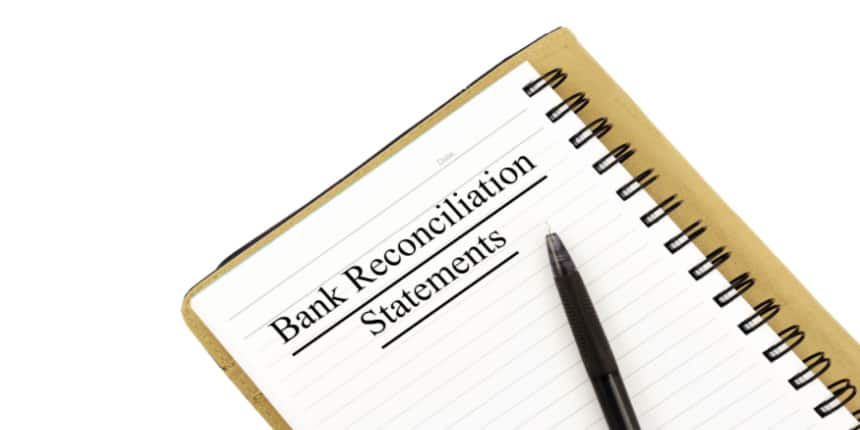BRS Full Form
What is the full form of BRS ?
BRS stands for Bank Reconciliation Statement. A bank reconciliation statement is prepared by the accountant of any business. It is usually prepared for comparing the bank record with the company record of any business. This process is done every month. This statement is also prepared for comparing or to know the reason for differences in passbook and cashbook. To know more about BRS and its preparation continue reading this article.
- What is the full form of BRS ?
- What is BRS?
- Needs for BRS preparation
- Different methods to prepare BRS
- Information required for BRS preparation
- Important steps of BRS preparation
- Some examples of BRS

What is BRS?
A bank reconciliation statement is defined as the process of maintaining business records, and transactions. It is also defined as a statement that is prepared to reconcile the difference between bank balance in the cash book and pass book.
Needs for BRS preparation
There are many reasons why BRS preparation is needed. Some of the important reasons are mentioned below:
It helps the customer to know their current bank balance.
It also helps in denoting whether there is any uncalled delay during the process of cheque clearance.
It also helps to determine if there is any fraudulent action or problem-related to the bank.
It does not allow bank staff to steal customers.
It also helps customers to understand the differences in the amount in the cash book and passbook.
It is also reflected in the passbook that if there is any income transacted by the bank.
Different methods to prepare BRS
In the previous paragraph, we understood the need for BRS preparation. Now we will learn different methods of BRS preparation. Generally, there are two methods of BRS preparation:
Addition and subtraction rules
Debit and credit method
Information required for BRS preparation
The formation of a bank reconciliation statement uses both statements of the current and previous month, along with the closing bank balance of that account. The account prepares a reconciliation statement using all the transactions done throughout the previous day.
Important steps of BRS preparation
The important steps of BRS preparation are explained below:
Initial check - first check and compare all the records in the bank statement and ledger cash account. Check all records in the ledger and clear the bank account statement
Deposit check - Check all the deposits in your account
Interest earned - for interest-bearing accounts, add total interest earned at appropriate rates
Bank errors - there may be errors by the bank as bank workers are also human like us and they might mistakenly interchange the entries.
Outstanding checks - outstanding checks should be deducted overall bank balance
Check ledger error - bank service charge should be deducted from the ledger, as a bank charge for facilities which it provides
Check reconciliation - register may contain posting a payment that did not reach completion. Check this before adding it to the bank statement.
Equate final balance - the overall balance must match to finalize the reconciliation
Journal entries - We may sometimes require journal entries to correct the errors.
Some examples of BRS
Prepare a Bank Reconciliation Statement of Sarita Enterprises.
Bank overdraft according to the passbook as of 12th April was 40,000.
Cheques were deposited in the bank for the amount of 20,000 and the complete amount was cleared by 12th April
During April, cheques of Rs. 10,000 were issued and 5,000 remained with the supplier.
Bank collected 15,000 but wrongly entered it as 17,000 in the cash book.
Frequently Asked Questions (FAQs)
There are some good methods for easy BRS. These methods are mentioned below:
Compare debit and credit sites
Check for unclear dues
Check for missed entries
Correct them
Revise the entries
Make BRS accordingly
Make final changes
The left-hand side should be equal to the right-hand side.
There are three main types of cash books. These are single-column, double-column, and triple-column.
There are many types of reconciliation. These are bank reconciliation, business-specific reconciliation, vendor reconciliation, customer reconciliation, and intercompany reconciliation.
These entries are recorded when debit and credit affect the same parent account and result in a net zero effect on the account.
Cashbook is maintained by a petty cashier.